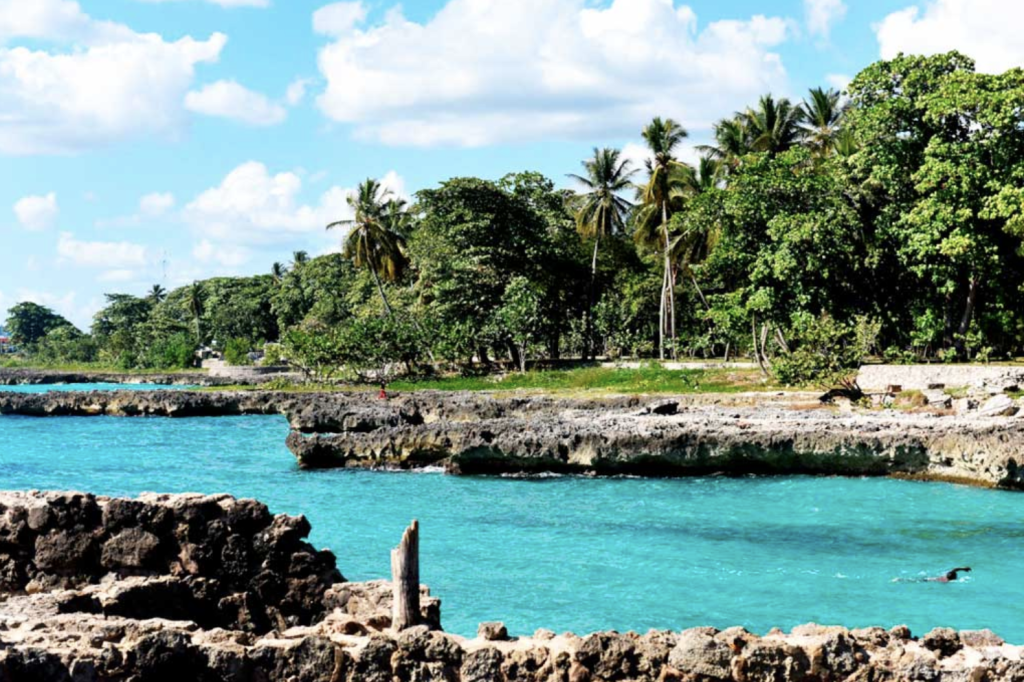
President Luis Abinader and Tourism Minister David Collado announced the start of renovation works of an area of 17,925 square meters that makes up the La Caleta Submarine Park at the entrance to las Americas International Airport drive (Route 66). The government has allocated RD$395 million for this project.
The La Caleta Underwater Park is popular with swimmers who use its small beach for group swimming in the Caribbean Sea, especially early in the mornings of Saturdays and Sundays.
Abinader pointed out that with the beginning of the remodeling works of La Caleta National Submarine Park, other seafronts and coastal areas of the country are being recovered.
The head of state specified that, through the Executor Committee of Infrastructures of Tourist Zones (CEIZTUR), the tourist zones are being helped for a quick reaction of projects of medium and low scale of government intervention to improve the infrastructures.
While the Minister of Tourism, David Collado, cited the tourist impact of this work and also highlighted the transparent management of its execution.
“Recovering the National Underwater Park of La Caleta, abandoned for more than 50 years, and making it available to the people of this community. But we are doing the same in the Malecon of Santo Domingo East,” said Collado.
The official indicated that the Dominican Republic is an island that lives with its back to the sea, but President Abinader has decided to recover the country’s view of the sea.
Collado also urged the population to get involved in the projects to be executed and to guarantee the care of the works.
The Minister of Tourism described the impact of this work as emblematic and symbolic, the entrance and exit to the city of Santo Domingo.
The work will be in charge of CEIZTUR and includes the construction of a service module, which will have offices, restrooms and Politur offices.
This park was built in 1986 as a result of the effort to protect the underwater cultural and biological heritage present in the area.
In the area of the park is the Taino Ethnological and Archaeological Museum discovered on the beach in the 70s of the last century, with an important collection of Taino artifacts.
Read more in Spanish:

